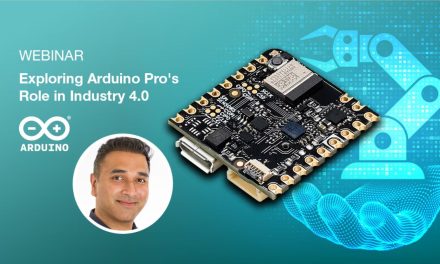 In an economic environment that provides no leeway for mistakes and when even short periods of downtime can eradicate all profit margins, organisations of every size need to improve the performance and uptime of equipment. But how can they expect to maximise asset value when critical information regarding history, performance, stock and resource utilisation is recorded manually? Karen Conneely, Real Asset Management marketing manager talks about the benefits of cloud based software
In an economic environment that provides no leeway for mistakes and when even short periods of downtime can eradicate all profit margins, organisations of every size need to improve the performance and uptime of equipment. But how can they expect to maximise asset value when critical information regarding history, performance, stock and resource utilisation is recorded manually? Karen Conneely, Real Asset Management marketing manager talks about the benefits of cloud based software
Cloud-based software doesn’t involve large, up front licencing costs or massive internal IT overheads, and delivers the high level of functionality required to improve performance in both proactive and reactive maintenance activity.
Maximising asset value
With the continued economic travails affecting virtually every sector, organisations are under increasing pressure to maximise asset value.
Yet the vast majority of UK businesses are struggling to drive forward improvements. Most are still reliant on inefficient, paper-based processes or at best, spreadsheets for information. With no immediate or accurate insight into the cost of maintenance, stock expenditure or stock availability, into asset performance history or trends in repairs, it is impossible to establish more efficient asset maintenance processes. Without trusted, accurate asset information, how can any organisation determine whether or not asset life can be extended without compromising reliability and performance? Organisations are actually incurring more costs, needing additional personnel to record the information required to meet burgeoning health and safety and compliance regulations. If companies are to respond to the demands to maximise asset value, it is essential to evolve beyond the realms of basic maintenance solutions and processes.
New model
Of course, many organisations have been looking to embrace robust asset maintenance solutions but have been constrained by the lack of capital budget available. Not only have budgets been slashed, but the time and red tape associated with getting a new software solution onto a network can be disheartening. The reality today is the vast majority of organisations simply cannot justify the expenditure in new hardware, networking infrastructure or IT expertise to implement or upgrade a maintenance management solution.
As a result, the growing availability of cloud-based maintenance management systems is compelling for many reasons. The model can provide low cost access to highly functional software that can transform performance and ensure that today’s mobile workforces have full, real time access to asset maintenance information, enabling them to reduce failure rates and to improve equipment up time.
So what is holding companies back? With early security concerns allayed in an increasingly mature marketplace, there is no requirement for the more costly private Enterprise Cloud with dedicated resources that demand IT input and overhead, which also incur large associated costs for construction and on-going support. Opting instead for a cloud-based Software as a Service (SaaS) solution removes all IT overhead, driving down costs whilst delivering secure data storage and back up, as well as automated software upgrades to ensure the business always has access to the latest functionality.
Asset insight
Cloud-based software as a service can be deployed quickly and reliably, with minimal investment, consequently providing organisations with rapid access to the critical asset information required to improve performance in both proactive and reactive maintenance activity. The web-based model transforms accessibility – from providing mobile field engineers with real time access to check asset history, request parts and update maintenance activity. This anytime, anywhere access, via tablet, phone or laptop device is critical to improve the timeliness and accuracy of asset information and resource utilisation.
With detailed information about asset history, stock utilisation and asset performance, organisations can use in depth analysis and reporting to determine new maintenance strategies. Day-to-day performance can be measured via dashboards, enabling proactive intervention to address problems and minimise the risk of productivity damaging downtime.
Combining day-to-day performance management with on-going strategic analysis, organisations can transform the efficiency of maintenance work, improve planning, stock utilisation and resource utilisation and gain a return on investment typically within 12 months.
Conclusion
By removing the capex barrier, the cloud model provides maintenance teams with the chance to make a long overdue investment in technology. Rapid, low cost access to fully functional asset maintenance software will provide organisations with the asset visibility required to transform performance. Having access to in-depth, real time asset history, performance, stock availability and costs, maintenance departments can begin to evolve and to embrace the proactive maintenance strategies required to extend asset life.
Real Asset Management
T: 0203 861 7100
realassetmgt.co.uk




